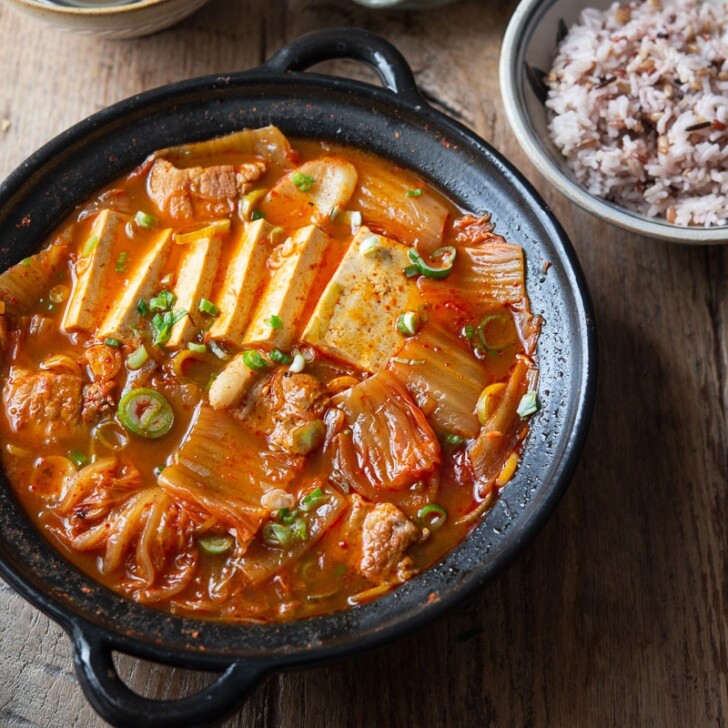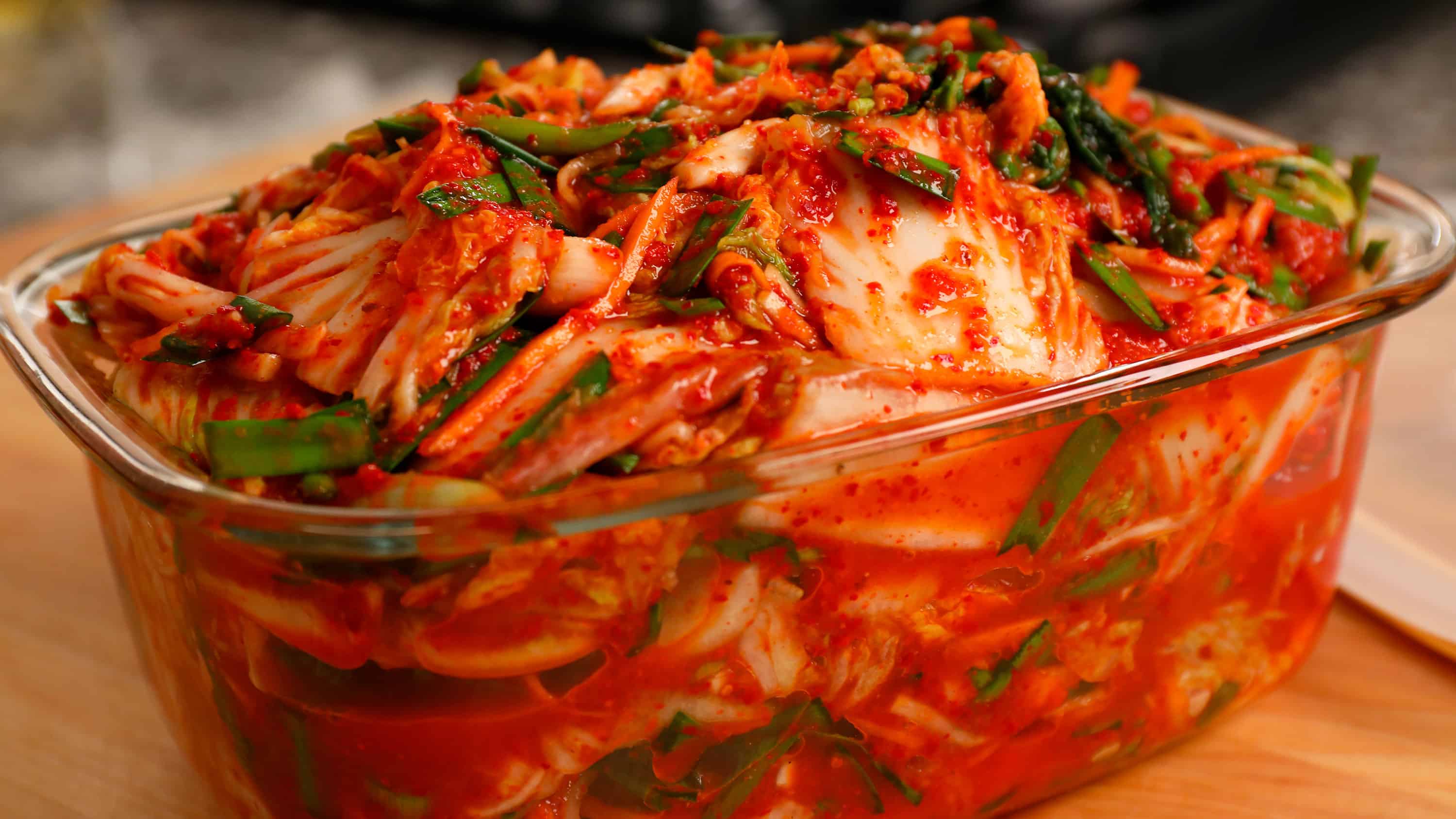Kimchi jjigae, or kimchi stew, is a beloved staple in Korean households, known for its rich flavors and comforting warmth. This dish is not only a culinary treasure but also a symbol of Korean culture, often enjoyed as a simple yet satisfying meal. Whether you're looking to use up old kimchi or simply craving a hearty bowl of soup, kimchi jjigae is the perfect choice.
What Makes Kimchi Jjigae Special?

Kimchi jjigae is more than just a soup; it's a celebration of fermented flavors and traditional cooking methods. The key to a delicious kimchi jjigae lies in using aged, sour kimchi, which adds depth and complexity to the broth. If your kimchi isn't quite sour enough, a splash of vinegar can help enhance the flavor. Additionally, many Korean markets offer commercially packaged mukeunji, or old kimchi, which is ideal for this recipe.
The Perfect Ingredients for Kimchi Jjigae

To create a mouthwatering kimchi jjigae, you'll need a few essential ingredients:
- Pork Belly: Fatty pork belly is a favorite in Korean cuisine, adding richness and depth to the stew.
- Aged Kimchi: The older the kimchi, the better. It provides a tangy, fermented flavor that is crucial for the stew's taste.
- Onion and Mushrooms: These add texture and a savory note to the dish.
- Tofu: A great source of protein and adds a creamy texture.
- Rice Water: Known as ssalddeumul, this water from rinsing rice helps thicken the broth and enhances the flavor.
Tips for Making the Best Kimchi Jjigae

Creating the perfect kimchi jjigae requires attention to detail. Here are some tips to ensure your stew is a success:
- Use Old, Sour Kimchi: The fermentation process enhances the flavor, making it ideal for soups.
- Cook the Kimchi and Pork Together: This step allows the flavors to meld and develop a richer taste.
- Use Rice Water as the Base: This traditional method gives the stew a unique thickness and flavor.
- Add Anchovy Broth or Other Broths: For a more complex flavor profile, consider using anchovy, chicken, or vegetable broth.
- Incorporate Kimchi Juice: The juice from the kimchi adds extra flavor and depth to the broth.
Variations and Alternatives

While pork belly is a popular choice, there are several variations to explore:
- Beef: Using beef instead of pork offers a different flavor profile, suitable for those who prefer a leaner option.
- Canned Tuna: A lighter alternative that still delivers bold flavors.
- Anchovy Broth: For a cleaner, more delicate taste, try making the stew without any meat.
Other Recipes Using Kimchi
Kimchi is a versatile ingredient that can be used in various dishes beyond just soups. Here are a few ideas:
- Kimchi Pancake: A crispy, savory snack that’s perfect for gatherings.
- Kimchi Fried Rice: A quick and easy dish that highlights the tangy flavors of kimchi.
- Kimchi Dumplings: Bite-sized parcels filled with kimchi, ideal for steaming or pan-frying.
For more inspiration, check out the author's post on how to eat kimchi, which includes 11 creative ways to enjoy this flavorful ingredient.
Conclusion
Kimchi jjigae is a testament to the power of simple, traditional ingredients. With the right combination of aged kimchi, pork, and other seasonings, this stew becomes a comforting and satisfying meal. Whether you're a seasoned cook or new to Korean cuisine, this recipe is sure to impress. So why not give it a try and experience the magic of kimchi jjigae for yourself?